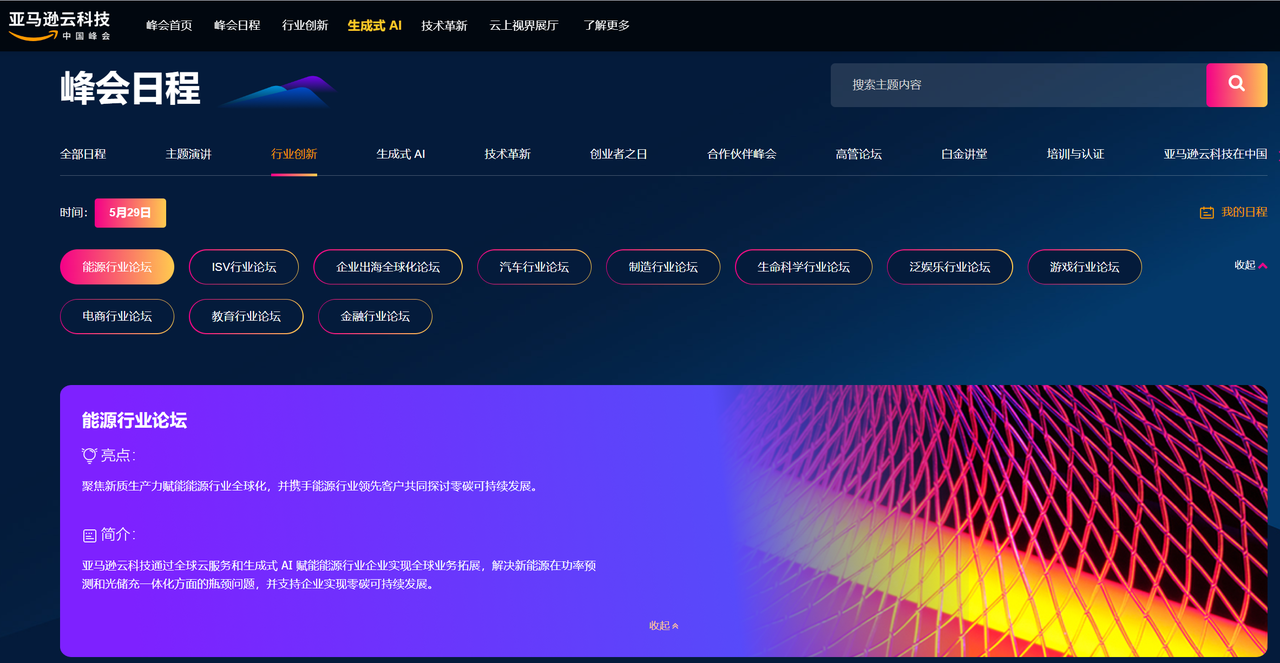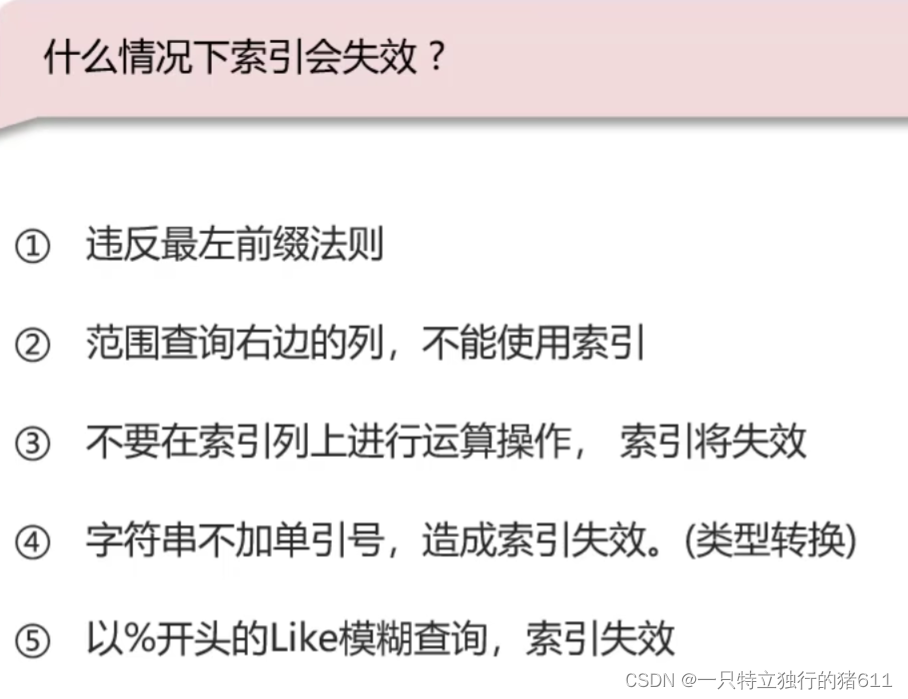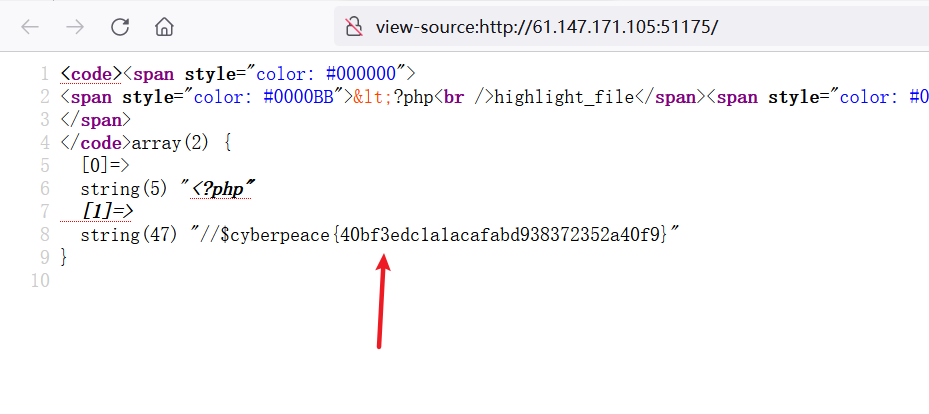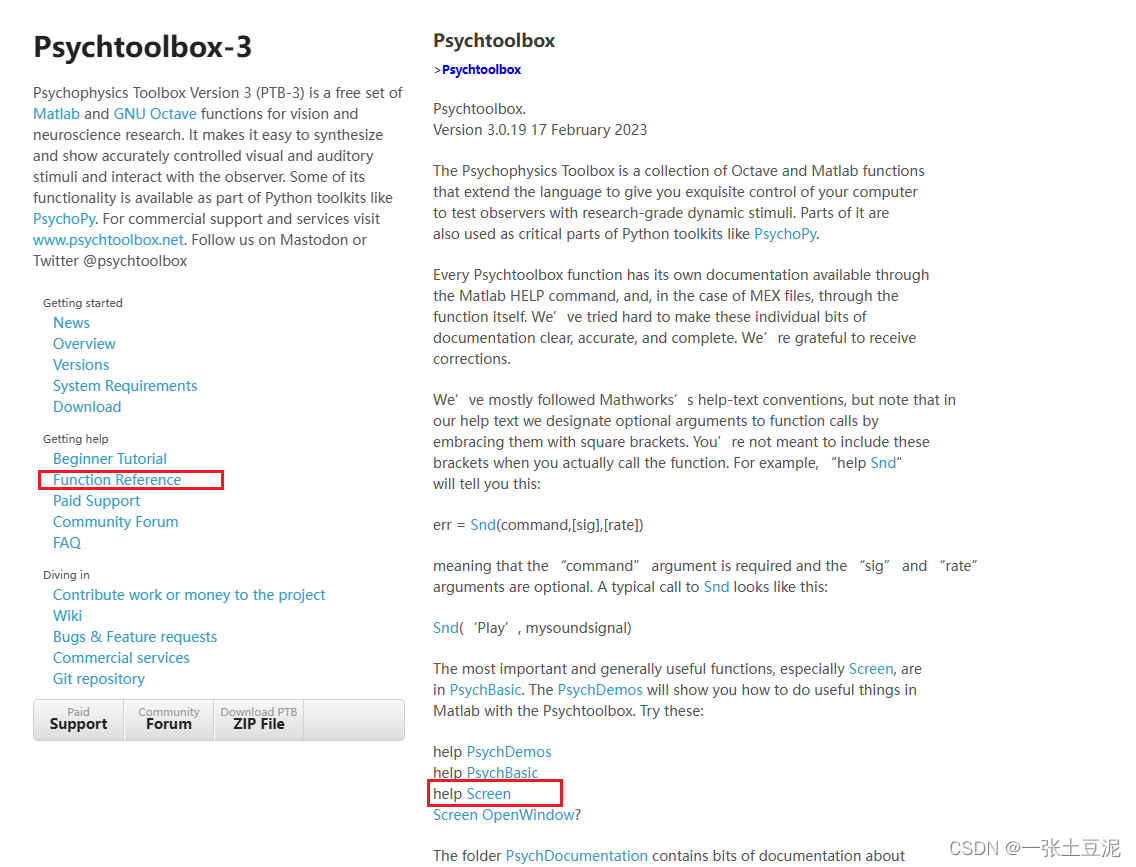假如ceph集群已经创建
1.创建cephfs_pool存储池
ceph osd pool create fs_kube_data 16 16
2.创建cephfs_metadata存储池
ceph osd pool create fs_kube_metadata 16 16
3 创建cephfs
ceph fs new cephfs01 fs_kube_metadata fs_kube_data
4 设置最大活动数
ceph fs set cephfs01 max_mds 2
5 创建卷子组(非常重要,reef版的文件存储多一步这个)
ceph fs subvolumegroup create cephfs01 myfsg
创建k8s访问cephfs的认证用户
#ceph auth get-or-create client.cephfs01 mon 'allow r' mds 'allow rw' osd 'allow rw pool=cephfs_data, allow rw pool=cephfs_metadata'
# ceph auth get client.cephfs01
[client.cephfs01]
key = AQAHRD9mmCOLCBAAb+gJ3WBM/KU/FbZEofGOJg==
caps mds = "allow rw"
caps mon = "allow r"
caps osd = "allow rw pool=cephfs_data, allow rw pool=cephfs_metadata"
#目前这个版本需要手动创建
# ceph auth get client.cephfs01 > /etc/ceph/ceph.client.cephfs01.keyring
本地测试挂载并创建目录
#目前这个版本需要手动创建
# ceph auth get client.cephfs01 > /etc/ceph/ceph.client.cephfs01.keyring
# mount.ceph ceph-163:6789:/ /mnt -o name=cephfs01,secret=AQAHRD9mmCOLCBAAb+gJ3WBM/KU/FbZEofGOJg==
#挂着成功
# df -h | grep mnt
127.0.1.1:6789,192.168.0.163:6789:/ 222G 0 222G 0% /mnt
在写你的外部config配置,如果不想使用,就不用写
cat <<EOF > config.yaml
apiVersion: v1
kind: ConfigMap
data:
config.json: |-
[
{
"clusterID": "588abbf6-0f74-11ef-ba10-bc2411f077b2",
"monitors": [
"192.168.0.163:6789",
"192.168.0.164:6789",
"192.168.0.165:6789"
],
"cephFS": {
"subVolumeGroup": "myfsg"
}
}
]
metadata:
name: ceph-csi-config
EOF
本次使用helm安装
请认真阅读完yaml在安装
# egrep -v "^#|^$" values.yaml
---
rbac:
# Specifies whether RBAC resources should be created
create: true
serviceAccounts:
nodeplugin:
# Specifies whether a ServiceAccount should be created
create: true
# The name of the ServiceAccount to use.
# If not set and create is true, a name is generated using the fullname
name:
provisioner:
# Specifies whether a ServiceAccount should be created
create: true
# The name of the ServiceAccount to use.
# If not set and create is true, a name is generated using the fullname
name:
csiConfig:
- clusterID: "588abbf6-0f74-11ef-ba10-bc2411f077b2"
monitors:
- "192.168.0.163:6789"
- "192.168.0.164:6789"
- "192.168.0.165:6789"
cephFS:
subvolumeGroup: "myfsg"
#netNamespaceFilePath: "{{ .kubeletDir }}/plugins/{{ .driverName }}/net"
commonLabels: {}
logLevel: 5
sidecarLogLevel: 1
CSIDriver:
fsGroupPolicy: "File"
seLinuxMount: false
nodeplugin:
name: nodeplugin
# if you are using ceph-fuse client set this value to OnDelete
updateStrategy: RollingUpdate
# set user created priorityclassName for csi plugin pods. default is
# system-node-critical which is highest priority
priorityClassName: system-node-critical
httpMetrics:
# Metrics only available for cephcsi/cephcsi => 1.2.0
# Specifies whether http metrics should be exposed
enabled: true
# The port of the container to expose the metrics
containerPort: 8081
service:
# Specifies whether a service should be created for the metrics
enabled: true
# The port to use for the service
servicePort: 8080
type: ClusterIP
# Annotations for the service
# Example:
# annotations:
# prometheus.io/scrape: "true"
# prometheus.io/port: "9080"
annotations: {}
clusterIP: ""
## List of IP addresses at which the stats-exporter service is available
## Ref: https://kubernetes.io/docs/user-guide/services/#external-ips
##
externalIPs: []
loadBalancerIP: ""
loadBalancerSourceRanges: []
## Reference to one or more secrets to be used when pulling images
##
imagePullSecrets: []
# - name: "image-pull-secret"
profiling:
enabled: false
registrar:
image:
repository: registry.cn-shenzhen.aliyuncs.com/neway-sz/uat
tag: registrar-v2.10.1
pullPolicy: IfNotPresent
resources: {}
plugin:
image:
repository: quay.io/cephcsi/cephcsi
#tag: v3.11-canary
tag: canary
pullPolicy: IfNotPresent
resources: {}
nodeSelector: {}
tolerations: []
affinity: {}
# Set to true to enable Ceph Kernel clients
# on kernel < 4.17 which support quotas
# forcecephkernelclient: true
# common mount options to apply all mounting
# example: kernelmountoptions: "recover_session=clean"
kernelmountoptions: ""
fusemountoptions: ""
provisioner:
name: provisioner
replicaCount: 1
strategy:
# RollingUpdate strategy replaces old pods with new ones gradually,
# without incurring downtime.
type: RollingUpdate
rollingUpdate:
# maxUnavailable is the maximum number of pods that can be
# unavailable during the update process.
maxUnavailable: 50%
# Timeout for waiting for creation or deletion of a volume
timeout: 60s
# cluster name to set on the subvolume
# clustername: "k8s-cluster-1"
# set user created priorityclassName for csi provisioner pods. default is
# system-cluster-critical which is less priority than system-node-critical
priorityClassName: system-cluster-critical
# enable hostnetwork for provisioner pod. default is false
# useful for deployments where the podNetwork has no access to ceph
enableHostNetwork: false
httpMetrics:
# Metrics only available for cephcsi/cephcsi => 1.2.0
# Specifies whether http metrics should be exposed
enabled: true
# The port of the container to expose the metrics
containerPort: 8081
service:
# Specifies whether a service should be created for the metrics
enabled: true
# The port to use for the service
servicePort: 8080
type: ClusterIP
# Annotations for the service
# Example:
# annotations:
# prometheus.io/scrape: "true"
# prometheus.io/port: "9080"
annotations: {}
clusterIP: ""
## List of IP addresses at which the stats-exporter service is available
## Ref: https://kubernetes.io/docs/user-guide/services/#external-ips
##
externalIPs: []
loadBalancerIP: ""
loadBalancerSourceRanges: []
## Reference to one or more secrets to be used when pulling images
##
imagePullSecrets: []
# - name: "image-pull-secret"
profiling:
enabled: false
provisioner:
image:
repository: registry.cn-shenzhen.aliyuncs.com/neway-sz/uat
tag: provisioner-v4.0.1
pullPolicy: IfNotPresent
resources: {}
## For further options, check
## https://github.com/kubernetes-csi/external-provisioner#command-line-options
extraArgs: []
# set metadata on volume
setmetadata: true
resizer:
name: resizer
enabled: true
image:
repository: registry.cn-shenzhen.aliyuncs.com/neway-sz/uat
tag: resizer-v1.10.1
pullPolicy: IfNotPresent
resources: {}
## For further options, check
## https://github.com/kubernetes-csi/external-resizer#recommended-optional-arguments
extraArgs: []
snapshotter:
image:
repository: registry.cn-shenzhen.aliyuncs.com/neway-sz/uat
tag: snapshotter-v7.0.2
pullPolicy: IfNotPresent
resources: {}
## For further options, check
## https://github.com/kubernetes-csi/external-snapshotter#csi-external-snapshotter-sidecar-command-line-options
extraArgs: []
args:
# enableVolumeGroupSnapshots enables support for volume group snapshots
enableVolumeGroupSnapshots: false
nodeSelector: {}
tolerations: []
affinity: {}
selinuxMount: false
storageClass:
# Specifies whether the Storage class should be created
create: true
name: csi-cephfs-sc
# Annotations for the storage class
# Example:
# annotations:
# storageclass.kubernetes.io/is-default-class: "true"
annotations: {}
# String representing a Ceph cluster to provision storage from.
# Should be unique across all Ceph clusters in use for provisioning,
# cannot be greater than 36 bytes in length, and should remain immutable for
# the lifetime of the StorageClass in use.
clusterID: 588abbf6-0f74-11ef-ba10-bc2411f077b2
# (required) CephFS filesystem name into which the volume shall be created
# eg: fsName: myfs
fsName: cephfs01
# (optional) Ceph pool into which volume data shall be stored
# pool: <cephfs-data-pool>
# For eg:
# pool: "replicapool"
#pool: "fs_kube_data"
# (optional) Comma separated string of Ceph-fuse mount options.
# For eg:
# fuseMountOptions: debug
fuseMountOptions: ""
# (optional) Comma separated string of Cephfs kernel mount options.
# Check man mount.ceph for mount options. For eg:
# kernelMountOptions: readdir_max_bytes=1048576,norbytes
kernelMountOptions: ""
# (optional) The driver can use either ceph-fuse (fuse) or
# ceph kernelclient (kernel).
# If omitted, default volume mounter will be used - this is
# determined by probing for ceph-fuse and mount.ceph
# mounter: kernel
mounter: ""
# (optional) Prefix to use for naming subvolumes.
# If omitted, defaults to "csi-vol-".
# volumeNamePrefix: "foo-bar-"
volumeNamePrefix: ""
# The secrets have to contain user and/or Ceph admin credentials.
provisionerSecret: csi-cephfs-secret
# If the Namespaces are not specified, the secrets are assumed to
# be in the Release namespace.
provisionerSecretNamespace: ""
controllerExpandSecret: csi-cephfs-secret
controllerExpandSecretNamespace: ""
nodeStageSecret: csi-cephfs-secret
nodeStageSecretNamespace: ""
reclaimPolicy: Delete
allowVolumeExpansion: true
mountOptions:
# Mount Options
# Example:
#mountOptions:
- discard
secret:
# Specifies whether the secret should be created
create: true
name: csi-cephfs-secret
annotations: {}
# Key values correspond to a user name and its key, as defined in the
# ceph cluster. User ID should have required access to the 'pool'
# specified in the storage class
userID: cephfs01
userKey: AQAHRD9mmCOLCBAAb+gJ3WBM/KU/FbZEofGOJg==
adminID: admin
adminKey: AQASMz9mgVCqNxAABEAu/WYy0gaEcTC5zC60Ug==
cephconf: |
[global]
auth_cluster_required = cephx
auth_service_required = cephx
auth_client_required = cephx
# ceph-fuse which uses libfuse2 by default has write buffer size of 2KiB
# adding 'fuse_big_writes = true' option by default to override this limit
# see https://github.com/ceph/ceph-csi/issues/1928
#fuse_big_writes = true
extraDeploy: []
provisionerSocketFile: csi-provisioner.sock
pluginSocketFile: csi.sock
kubeletDir: /var/lib/kubelet
driverName: cephfs.csi.ceph.com
configMapName: ceph-csi-config
externallyManagedConfigmap: false <<<<----如果你是外部config文件就改成true
cephConfConfigMapName: ceph-config
最后部署你的csi驱动
helm 安装包点击下载
链接:分享文件:ceph-csi-cephfs-3.11.0.tgz
helm install -n ceph-csi-cephfs ceph-csi-cephfs ceph-csi-cephfs-3.11.0.tgz -f values.yaml

编辑一个demon
cat <<EOF > pvc.yaml
apiVersion: v1
kind: PersistentVolumeClaim
metadata:
name: csi-cephfs-pvc
spec:
accessModes:
- ReadWriteMany
resources:
requests:
storage: 1Gi
storageClassName: csi-cephfs-sc
EOF
不在解释了
# kubectl get pvc
NAME STATUS VOLUME CAPACITY ACCESS MODES STORAGECLASS AGE
csi-cephfs-pvc Bound pvc-e29b9393-9473-4c59-b981-0e24d5835018 1Gi RWX csi-cephfs-sc 31m

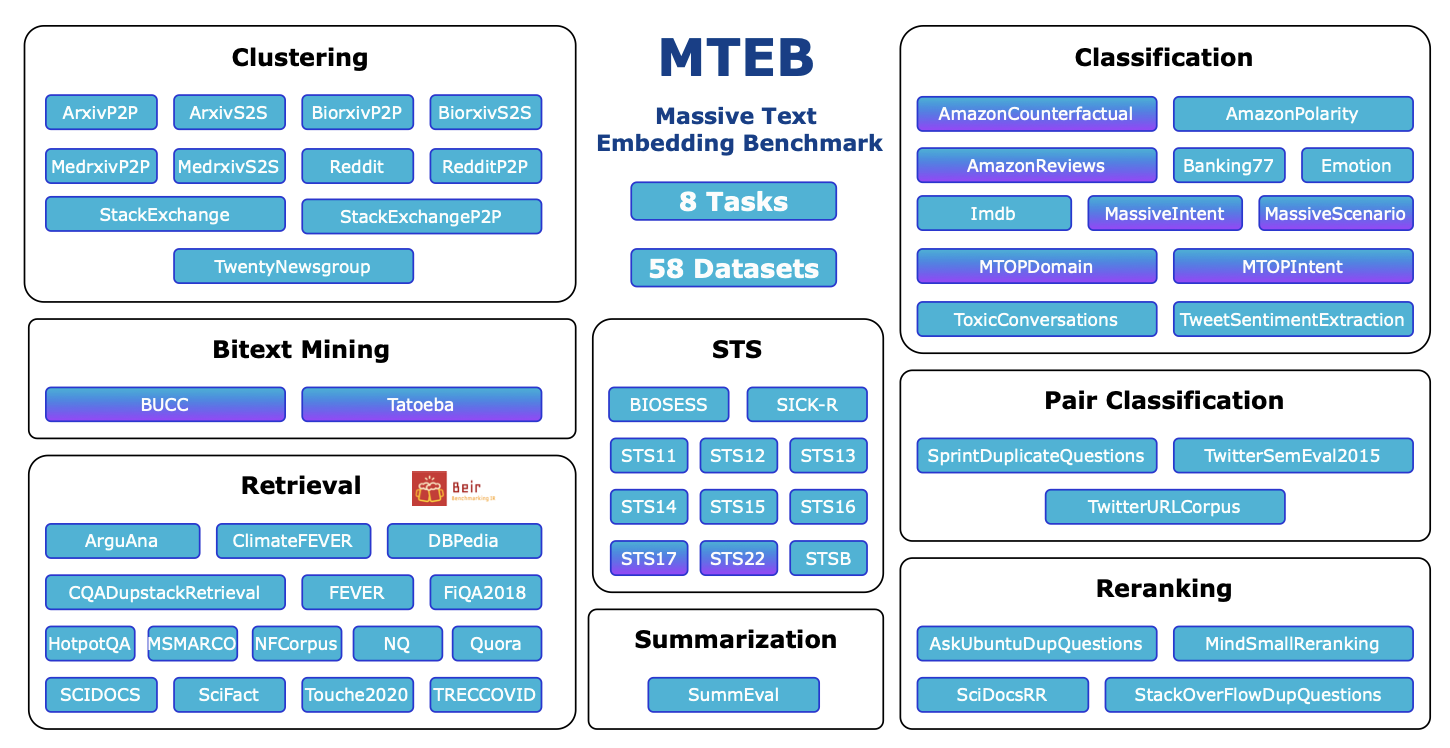



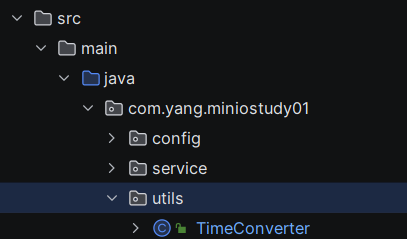

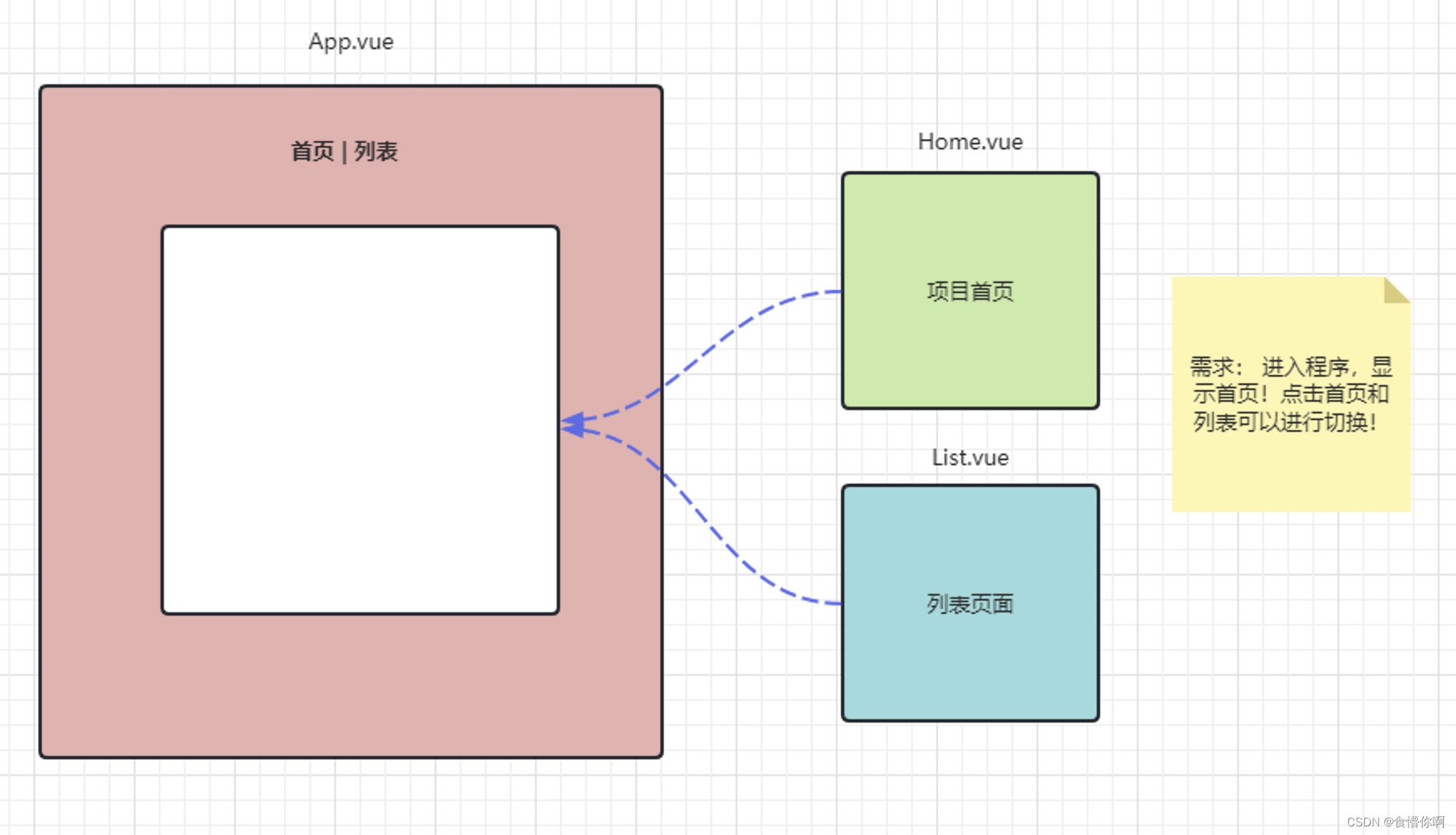

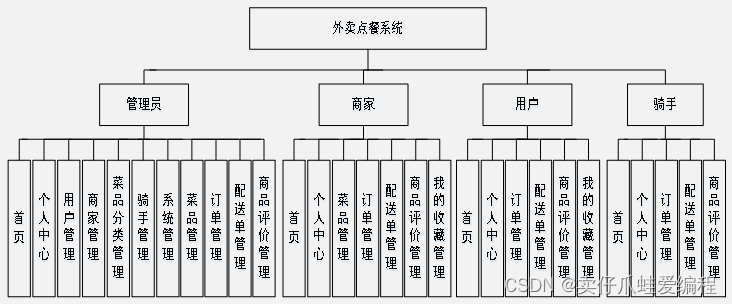
![【Linux】-IP地址、主机名配置[5]](https://img-blog.csdnimg.cn/direct/21261dea6b6d4d4f866b70a20fbc7203.png)

